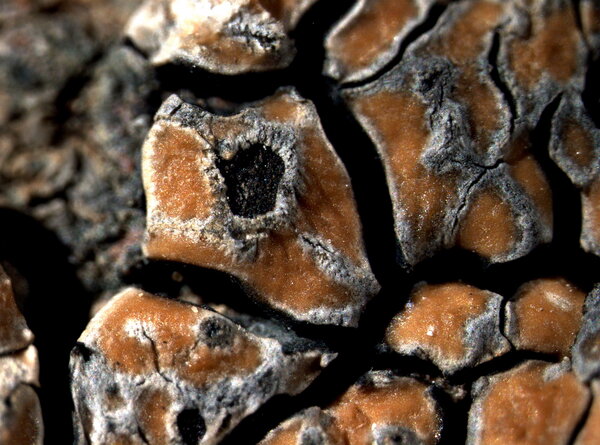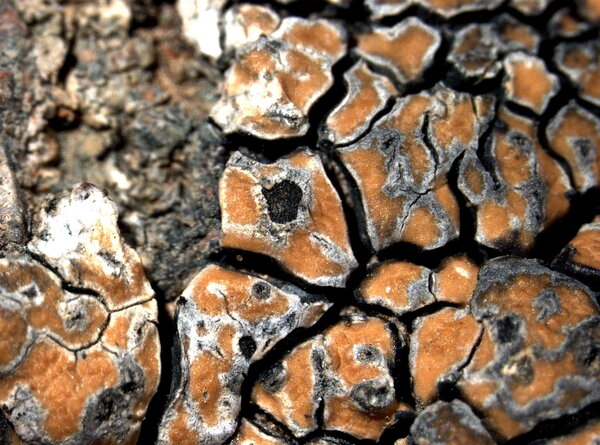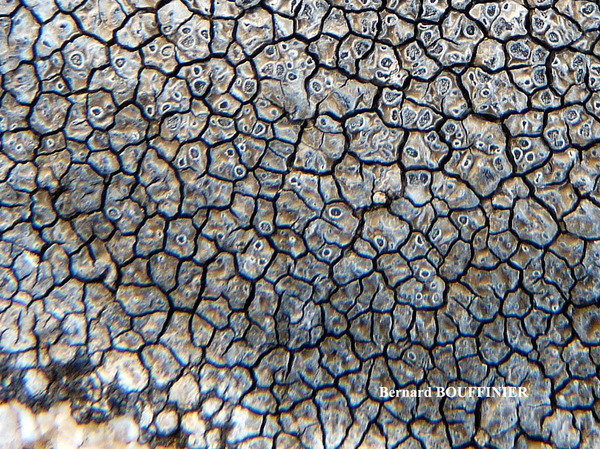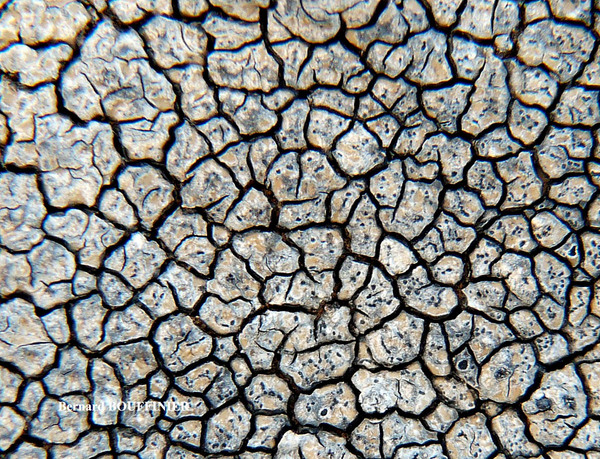Aspiciliella cupreoglauca (B. de Lesd.) Zakeri, Divakar & Otte
Herzogia, 30, 1: 172, 2017. Basionym: Aspicilia cupreoglauca B. de Lesd. - Bull. Soc. Bot. France, 57: 32, 1910.
Synonyms: Aspicilia cinerea var. rubicunda Bagl.
Distribution: C - Tosc, Laz, Sar (Monte 1993, Nöske 2000, Rizzi & al. 2011). S - Si (Grillo & Caniglia 2004).
Description: Thallus crustose, episubstratic, areolate, 0.3-0.6 mm thick, grey to pale brown depending on the amount of pruina (the epruinose parts pale brown and somehow glossy, the pruinose parts pale grey and matt), with pale lines both on the surface and along the margins, forming well-delimited, several cm wide, orbicular patches. Areoles angular 0.3-1 mm, wide, slightly concave to flat, with a white-pruinose margin. Cortex paraplectenchymatous, 40-50 µm thick, overlain by a 10-16 µm thick epinecral layer, the upper part brown (Subdepressa-brown pigment), K-, disappearing in N); algal layer of irregular thickness; medulla white, I-. Apothecia lecanorine-aspicilioid, round to irregular-angular in outline, immersed in the areoles, 0.2-0.5 mm across, with a concave to flat, black, epruinose disc and a thin, persistent, slightly raised thalline margin. Proper exciple thin, colourless; epithecium green to olive-green or greenish brown, with an outer, cellular area, N+ brighter green; hymenium colourless, 145-170 µm high; paraphyses coherent, moniliform in upper part, the apical cells c. 2 µm wide; hypothecium colourless, not subtended by an algal layer. Asci 6-8-spored, clavate, the thin outer coat K/I+ blue, the wall and apical dome K/I-. Ascospores 1-celled, hyaline, ellipsoid, 20-32 x 12-16(-20) µm, thin-walled, 1-2-seriate in the asci. Pycnidia immersed, with a black, punctiform ostiole. Conidia bacilliform, straight, 6-8(-11) x c. 1 µm. Photobiont chlorococcoid. Spot tests: cortex and medulla K+ yellow turning red (needle-like crystals), C-, KC-, P+ yellow-orange. Chemistry: norstictic, connorstictic and constictic acids.Note: a mild-temperate to Mediterranean lichen found on base-rich siliceous rocks wetted by rain, mostly on horizontal surfaces; mainly Tyrrhenian in Italy.
Growth form: Crustose
Substrata: rocks
Photobiont: green algae other than Trentepohlia
Reproductive strategy: mainly sexual
Commonnes-rarity: (info)
Alpine belt: absent
Subalpine belt: absent
Oromediterranean belt: absent
Montane belt: very rare
Submediterranean belt: absent
Padanian area: absent
Humid submediterranean belt: extremely rare
Humid mediterranean belt: rare
Dry mediterranean belt: absent

Predictive model
Herbarium samples


P.L. Nimis; Owner: Department of Life Sciences, University of Trieste
Herbarium: TSB (31511)
2001/12/09
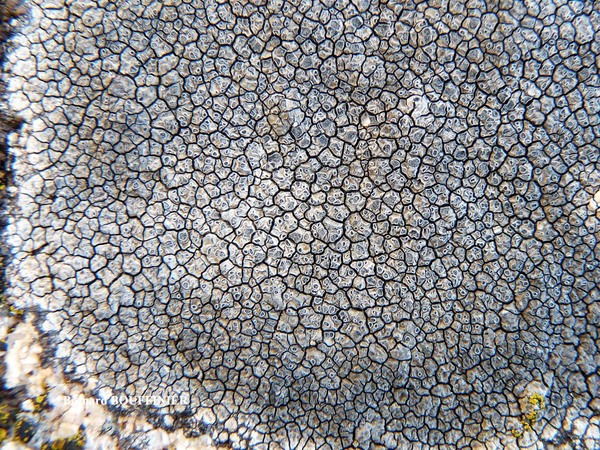
Bernard Bouffinier - Source: http://www.lichensmaritimes.org/index.php?task=fiche&lichen=1119&lang=en
Italy, Sardinia
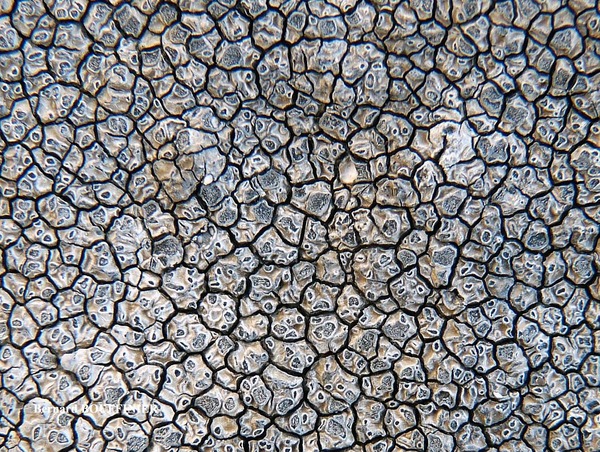
Bernard Bouffinier - Source: http://www.lichensmaritimes.org/index.php?task=fiche&lichen=1119&lang=en
Italy, Sardinia
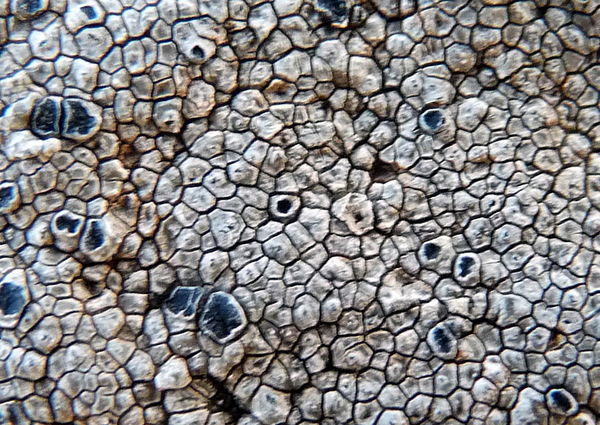
Bernard Bouffinier - Source: http://www.lichensmaritimes.org/index.php?task=fiche&lichen=1119&lang=en
Italy, Sardinia
Growth form: Crustose
Substrata: rocks
Photobiont: green algae other than Trentepohlia
Reproductive strategy: mainly sexual
Commonnes-rarity: (info)
Alpine belt: absent
Subalpine belt: absent
Oromediterranean belt: absent
Montane belt: very rare
Submediterranean belt: absent
Padanian area: absent
Humid submediterranean belt: extremely rare
Humid mediterranean belt: rare
Dry mediterranean belt: absent

Predictive model
| Herbarium samples |


P.L. Nimis; Owner: Department of Life Sciences, University of Trieste
Herbarium: TSB (31511)
2001/12/09

Bernard Bouffinier - Source: http://www.lichensmaritimes.org/index.php?task=fiche&lichen=1119&lang=en
Italy, Sardinia

Bernard Bouffinier - Source: http://www.lichensmaritimes.org/index.php?task=fiche&lichen=1119&lang=en
Italy, Sardinia

 INDEX FUNGORUM
INDEX FUNGORUM
 GBIF
GBIF
